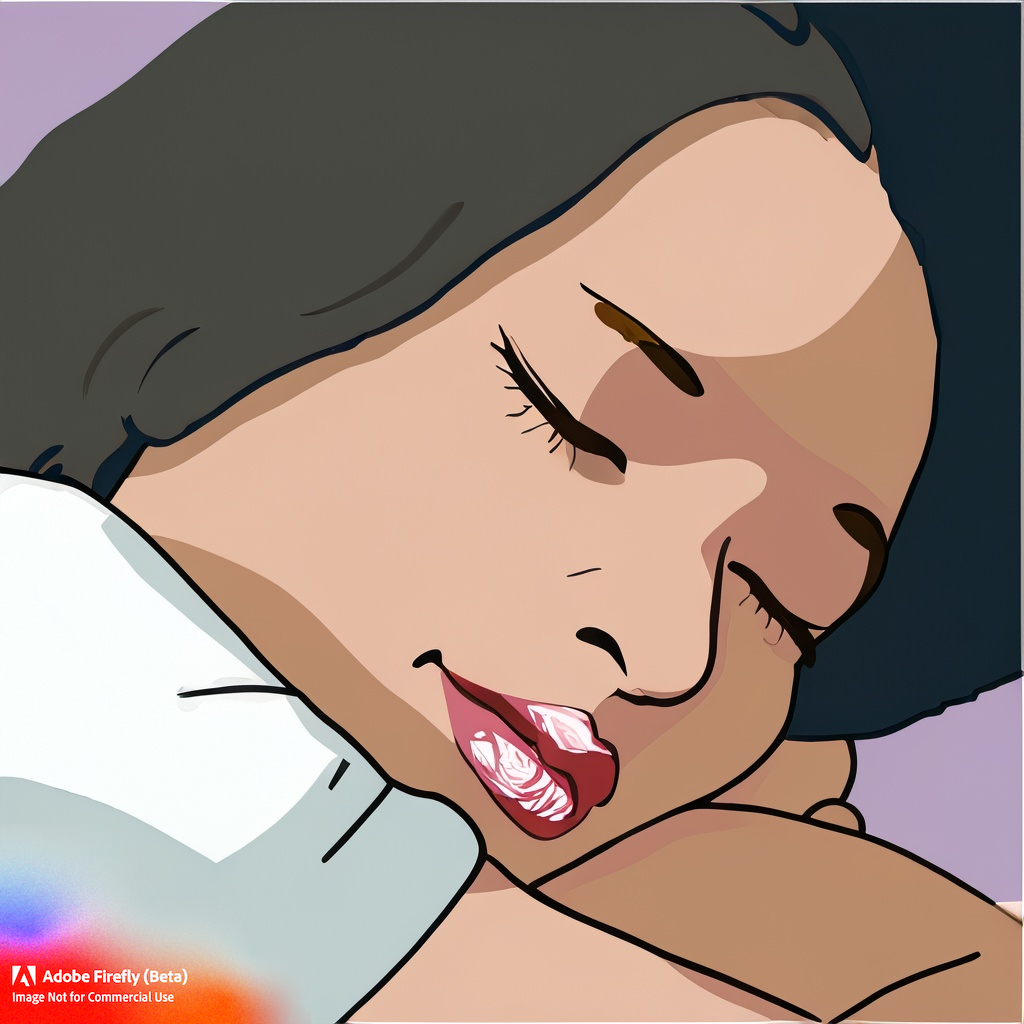Navigating New Medications: Essential Questions to Ask Your Doctor.
The importance of being proactive and well-informed when prescribed a new medication cannot be overstated. Asking the right questions can help you better understand the medication’s purpose, how to take it correctly, and what results to expect. If medication is not a palatable option, ask whether there are alternatives.









